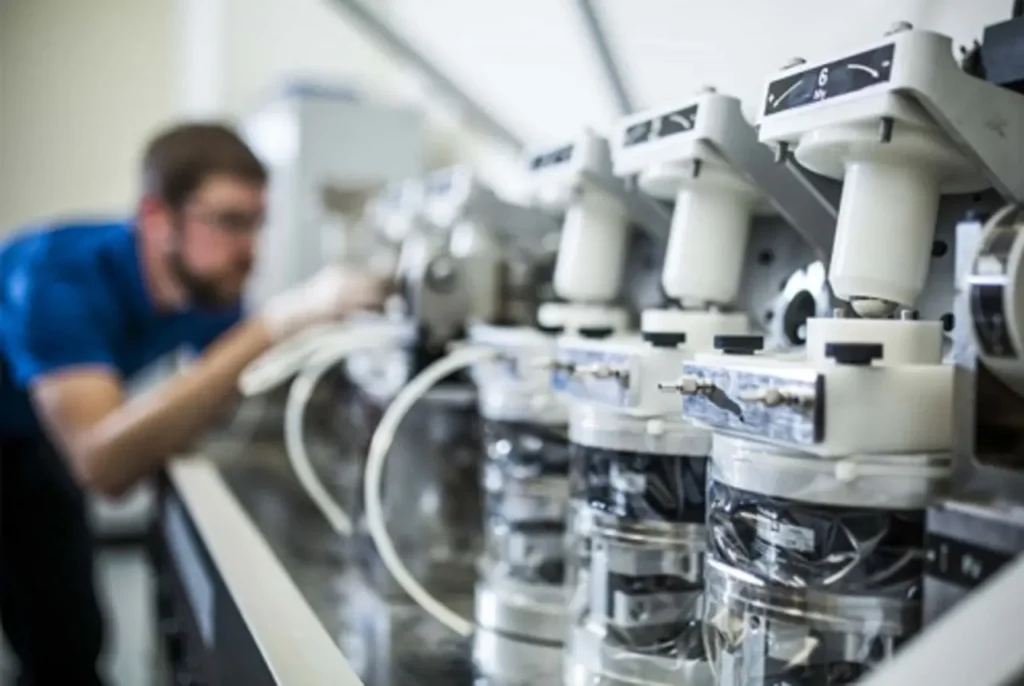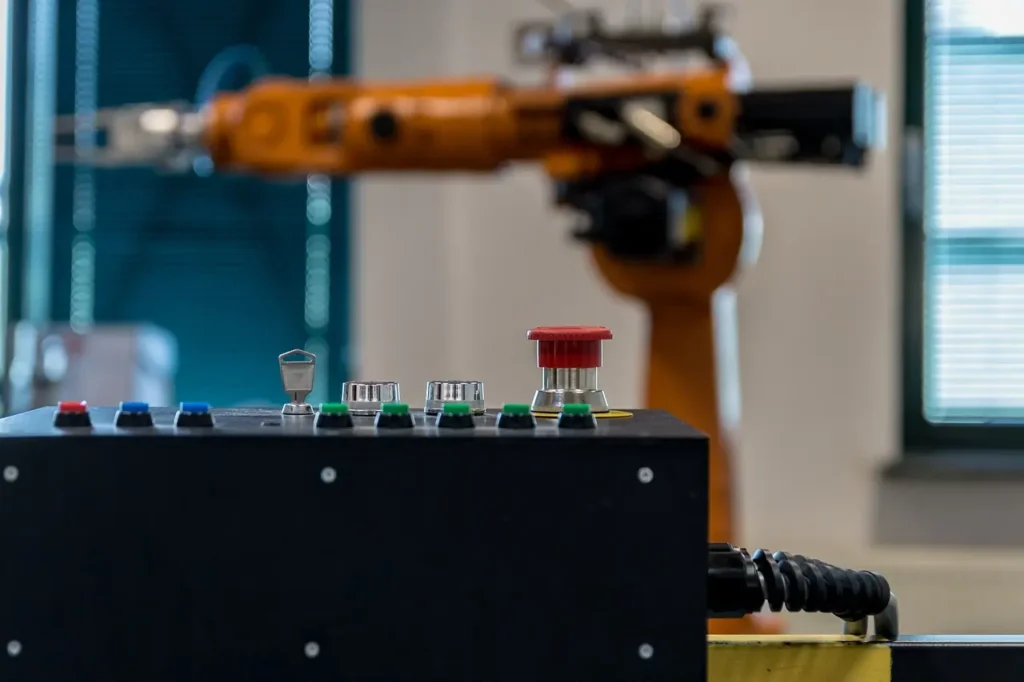Top 5 Challenges in Automation Integration—and How to Overcome Them

Automation has become the backbone of modern manufacturing, logistics, and even service industries. Yet, while the benefits are clear higher productivity, lower costs, and greater agility integrating automation into existing operations is rarely straightforward. Many organizations discover that technology is the easy part; the real challenge lies in aligning people, processes, and legacy systems with this new digital reality. Here are the five biggest challenges companies face in automation integration and practical strategies to overcome them. 1. Legacy Systems and Data Silos The challenge:Most factories and enterprises run on decades-old infrastructure, from ERP systems to custom-built machinery. These systems often don’t communicate with each other, creating fragmented data that undermines automation initiatives. How to overcome it: 2. High Upfront Costs and ROI Uncertainty The challenge:Automation requires significant capital investment in robotics, sensors, and cloud platforms. For many organizations, especially SMEs, it’s hard to justify when ROI is unclear or delayed. How to overcome it: 3. Workforce Resistance and Skills Gaps The challenge:Employees often fear automation as a threat to their jobs. Even when the workforce is open to change, many lack the skills needed to manage AI-driven workflows, digital twins, or collaborative robots. How to overcome it: 4. Cybersecurity Risks The challenge:Automation introduces a wider attack surface. IoT devices, cloud-based platforms, and interconnected machinery create new vulnerabilities that traditional security models aren’t equipped to handle. How to overcome it: 5. Scaling Beyond the Pilot Stage The challenge:Many companies succeed with small proof-of-concept automation projects but fail to scale them across the enterprise. Barriers include inconsistent standards, fragmented governance, and lack of strategic alignment. How to overcome it: Final Word Automation integration is less about machines and more about transformation. Companies that approach it holistically balancing technology with workforce readiness, security, and data strategy are the ones turning automation from an experiment into a long-term competitive edge. In 2025, the organizations that win won’t simply automate they’ll integrate automation seamlessly into the DNA of their business.
The Future of Smart Factories: How Automation is Driving Industry 4.0

Industry 4.0 has been a buzzword for more than a decade, but in 2025 it is no longer a promise it’s a reality. Smart factories, powered by automation, AI, and industrial IoT, are transforming global manufacturing into something faster, more adaptive, and more sustainable than ever before. From Connected to Intelligent Early smart factories were about sensors and connectivity. Today, the focus has shifted toward self-optimizing systems. Machines communicate, analyze data, and adjust production in real time. Digital twins simulate entire supply chains, while AI models predict equipment failures before they happen. The result: lower downtime, higher efficiency, and more agile operations. Automation as the Growth Engine The industrial automation market, valued at over $220 billion in 2024, is projected to nearly double by 2034. Robotics, cobots, and autonomous systems are becoming standard on factory floors. Xiaomi’s “dark factory” in Changping, which produces a smartphone every second without human presence, illustrates how far automation has come and how quickly it is accelerating. Human + Machine Collaboration Despite the rise of autonomous systems, people remain central to Industry 4.0. Collaborative robots (cobots) are taking on repetitive tasks, allowing workers to focus on higher-value roles such as process optimization and data analysis. The challenge is reskilling: manufacturers need technicians who understand AI, data integration, and advanced automation systems. Data: The New Factory Fuel Automation succeeds only if the data behind it is clean, structured, and accessible. Too many manufacturers still struggle with fragmented legacy systems and data silos. Companies investing in edge-to-cloud integration, AI-driven analytics, and 5G connectivity are the ones unlocking real competitive advantages. Sustainability Built In Smart factories are increasingly designed with sustainability in mind. Florasis’s beauty factory in Hangzhou integrates its own “smart brain” system for end-to-end automation while running on solar power that generates 2.8 million kWh annually. Similar models are being adopted globally as manufacturers balance efficiency with environmental goals. The Road Ahead Looking forward, the future of smart factories will be shaped by: Final Word The future of manufacturing belongs to those who embrace automation not just as a tool, but as the backbone of an adaptive, data-driven enterprise. In 2025, Industry 4.0 is no longer about “preparing for change” it’s about building factories that learn, evolve, and compete in real time.
